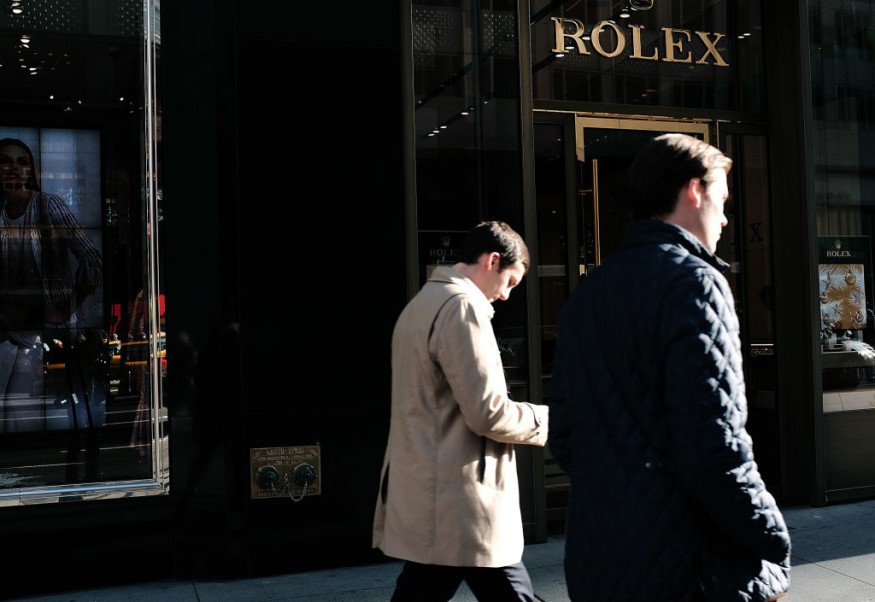Holiday Season Could Leave Luxury Retailers Drowning in Unsold Inventory
Early holiday shopping season reductions from high-end fashion stores such as Bergdorf Goodman on New York's Fifth Avenue fueled fears that a lackluster Christmas would lead to inventory gluts, perhaps pulling labels into a lowering cycle that would cheapen their image.
According to the most recent U.S. credit card statistics from Barclays provided on Wednesday, expenditure on luxury items remained negative in November, down 15% year on year after falling 14% in October.

According to Barclays analysts, this result "doesn't bring much optimism" for the fourth quarter, with the negative trends in the US reason for concern regarding the performance of luxury brands throughout the time.
Citi credit card data, also released on Wednesday, indicated that luxury fashion purchases were down 9.6% year on year in November, following a 11.4% decrease in October, with greater losses in department shops and online, down 13% year on year.
Retailers entered the season with too much inventory, according to Olivier Abtan, an Alix Partners consultant, adding that last year's purchase orders were placed before the industry began to slow off following a months-long post-pandemic splurge.
LVMH, Kering, and Burberry share prices have fallen 12%, 23%, and 33%, respectively, since early August, while shares in e-commerce operator Farfetch have lost 90% of their value.
The Middle East conflict added geopolitical uncertainty to an already murky luxury sector picture, with buyers in the United States and Europe tightening their purse strings and expectations for a robust post-pandemic resurgence in China delayed by a property crisis.
The decrease in spending occurs during the crucial end-of-year season, with November and December accounting for 25% of yearly sales.
However, Citi analysts believe that department shops would feel the pressure from slower demand over the next six to twelve months, posing a problem for luxury companies that generate a considerable amount of sales outside of their own network of boutiques.
High-End Fashion Brands Navigate Discount Dilemma with Direct-to-Consumer Dominance
Department shops, particularly in the United States, are known for aggressive discounting, which attracts customers. However, giving lower prices can diminish the desirability of fashion brands and encourage individuals to save for future offers.
Leading worldwide companies such as Hermes, privately held Chanel, and LVMH's Louis Vuitton and Dior have a tight handle on retail operations, selling mostly through their own stores to prevent discounts and fully manage their brand image.
According to Bain, such direct-to-consumer sales by high-end labels have climbed from 40% of the personal luxury goods market in 2019 to 52% in 2023.
According to analysts, fashion businesses are significantly more positioned than they were during the 2008-2009 recession, when spending slowed abruptly.
Labels have used artificial intelligence to estimate sales quantities and alter manufacturing since the previous crisis, and they have also fine-tuned their proportion of seasonal and more permanent styles.
The end of the year will be "a season for bargain seekers, but not the markdown season of the century," according to luxury expert Mario Ortelli.
According to Bain partner Mathilde Haemmerle, technology has played a "decisive role" in avoiding overstock difficulties. She mentions macro factors, previous sales of similar items, and social network trend scraping as criteria studied by AI to better predict sales volumes.
According to Abtan, the larger labels are also more nimble, having slashed development time in half over the last 15 years by simplifying manufacturing and reorganizing key stages of production.
Related Article : Investors Flee US Stocks as Economic Data Hints at a Possible Downturn
Copyright © MoneyTimes.com











